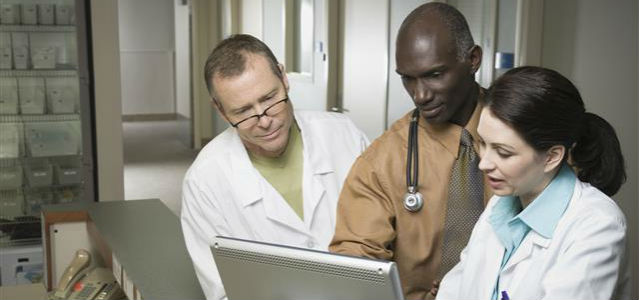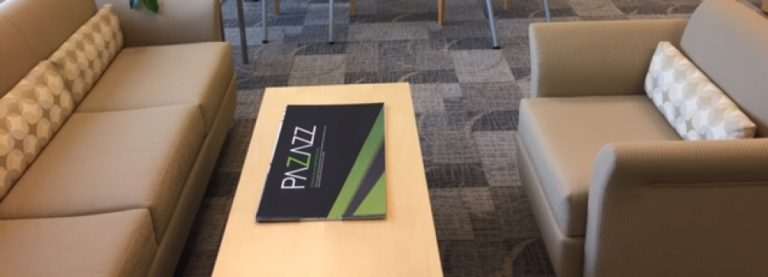Innovation is a team sport – much more effective when key players collaborate and work together toward a common goal. Brigham and Women’s Hospital recently hosted their “Innovation Day,” bringing healthcare industry leaders together to discuss how advanced products and ideas can improve healthcare. Brigham and Women’s is not the only organization working to improve patient engagement and satisfaction. Consider these examples of new technologies being integrated by other healthcare providers:
- One surgeon at the Durham, N.C., Duke Medical Center uses Google Glass to record and archive all of his work. Soon, he will use it “to stream live feeds of his operations to hospitals in India” for education and training purposes.
- Doctors and nurses at Cedars-Sinai Medical Center in Los Angeles have been testing ways to improve trauma care using a laboratory called the “O.R. of the future.” The experiment seeks a better way to integrate communication, teamwork and technology.
- PatientPoint is a technology that collects information from a number of different sources and consolidates it into a single view. Patient-reported data is combined with information from a patient’s electronic health record so staff has all it needs to make the best diagnoses and treatments.
 Innovation Outside the Hospital’s Walls
Innovation Outside the Hospital’s Walls
Although these technological advancements within healthcare facilities are significant, even more is happening outside the hospital’s walls. Mobile health and telemedicine are two growing trends working to simplify and streamline the patient experience. At this point, “healthcare in the palm of your hand is here.”
For example, Pager is an app that works by connecting patients with participating doctors and providing an easy-to-use interface to schedule a time for the selected doctor to arrive at a patient’s home for a medical check-up.
InstaMD, by contrast, hopes to bring doctor’s tools into a patient’s home while leaving the doctor in her office. By connecting a stethoscope to a pair of headphones, for example, patients can transmit vital monitoring information electronically – allowing doctors to see more patients in a shorter amount of time, and saving elderly and handicapped individuals a potentially dangerous trip to a healthcare facility.
The transformation occurring in healthcare today was a central topic during Xerox’s simple@work event in March. It’s not too late to register for the Healthcare Virtual Event to get access to exclusive content from industry leaders who spoke there.



